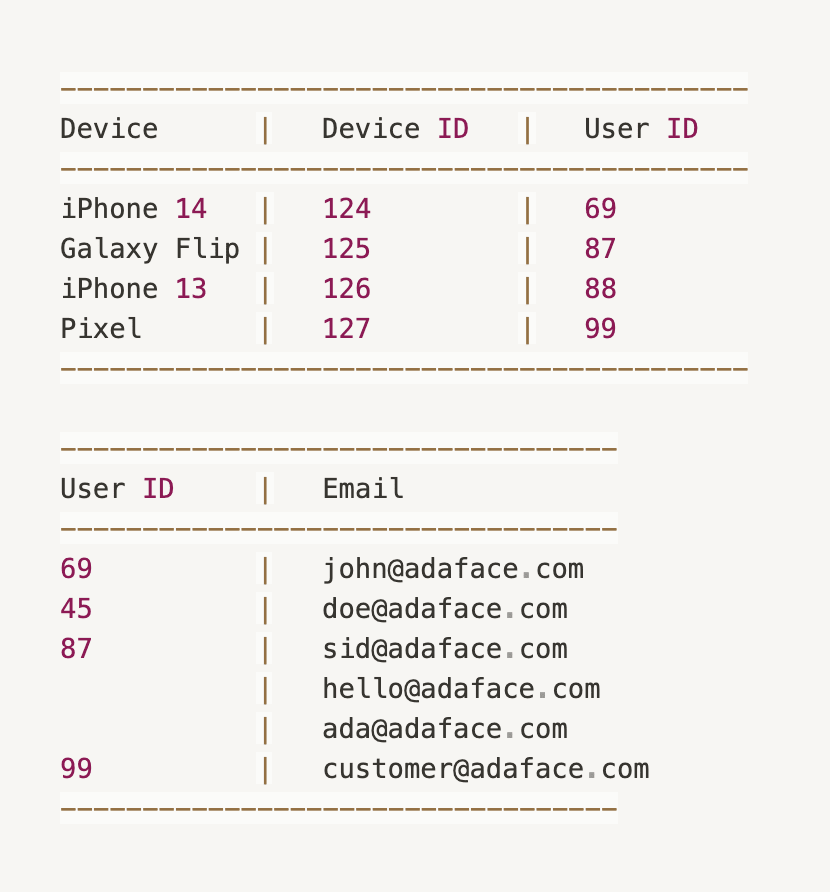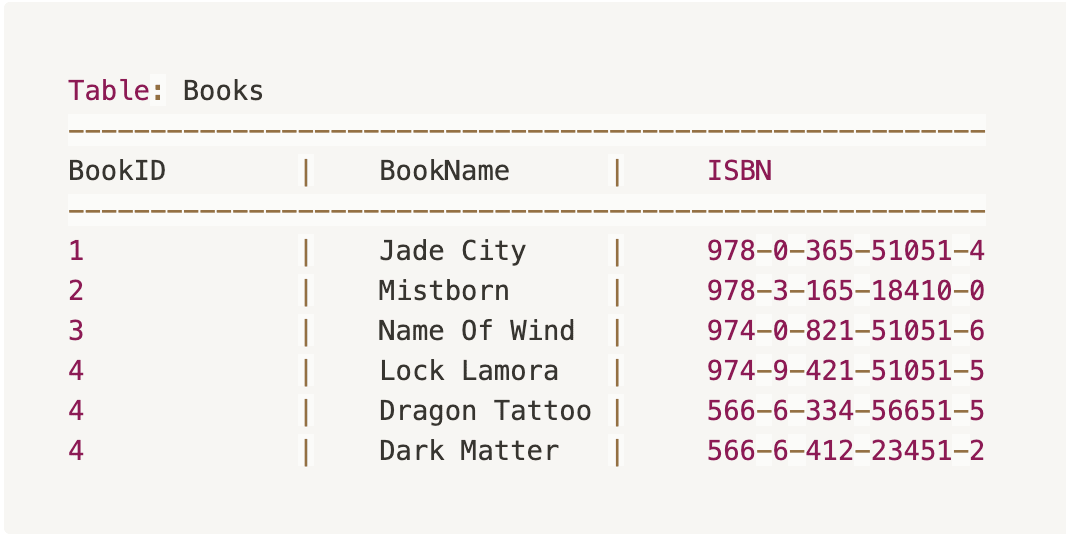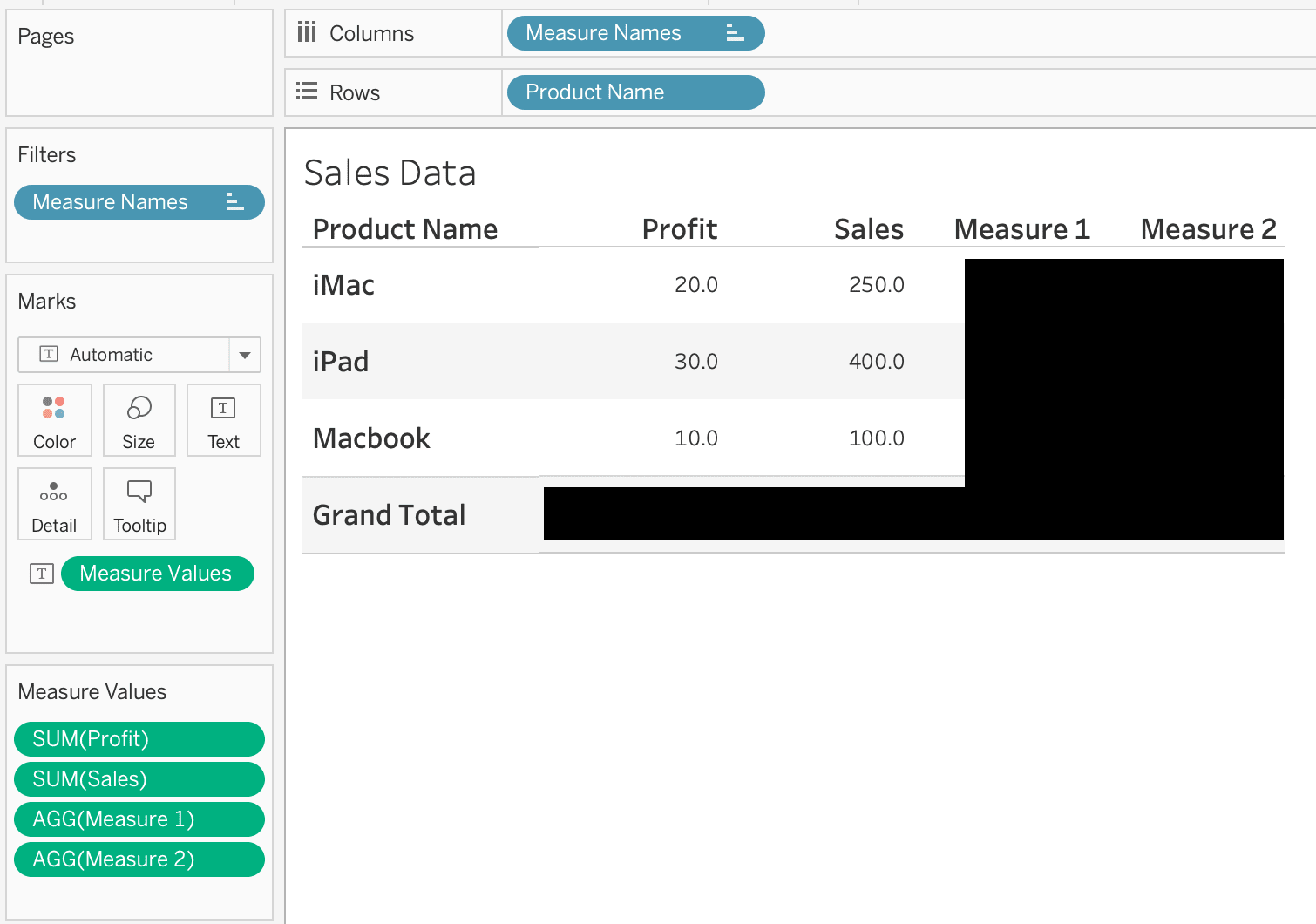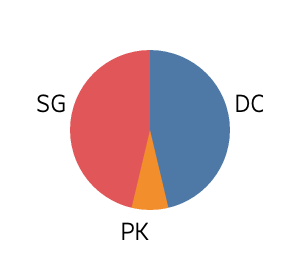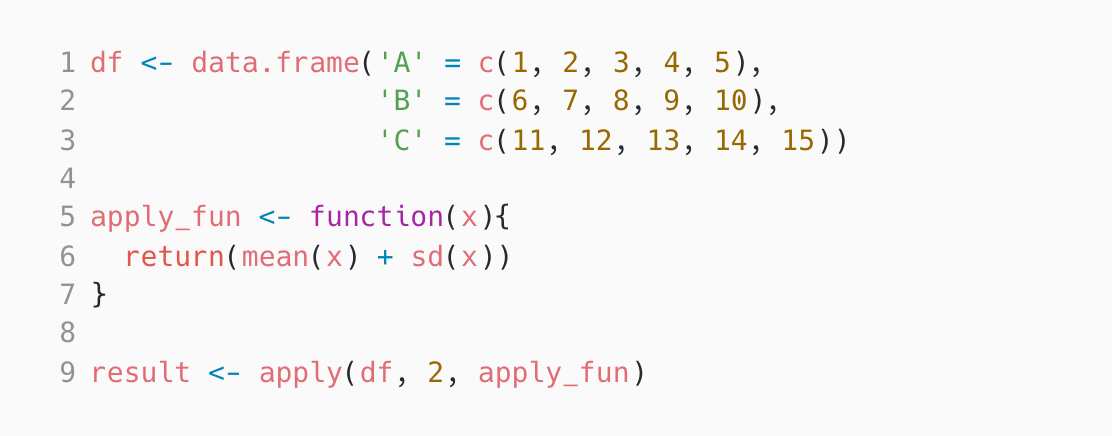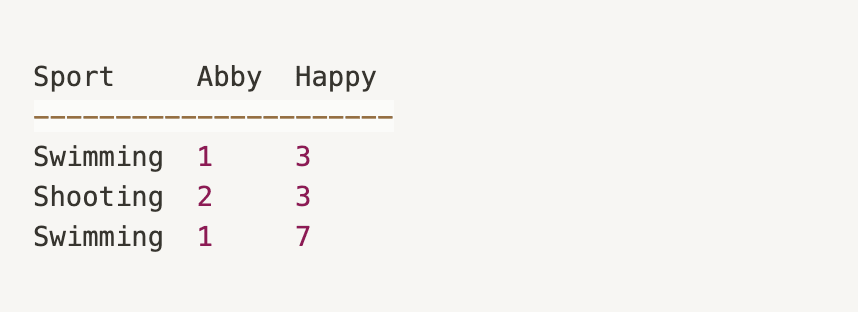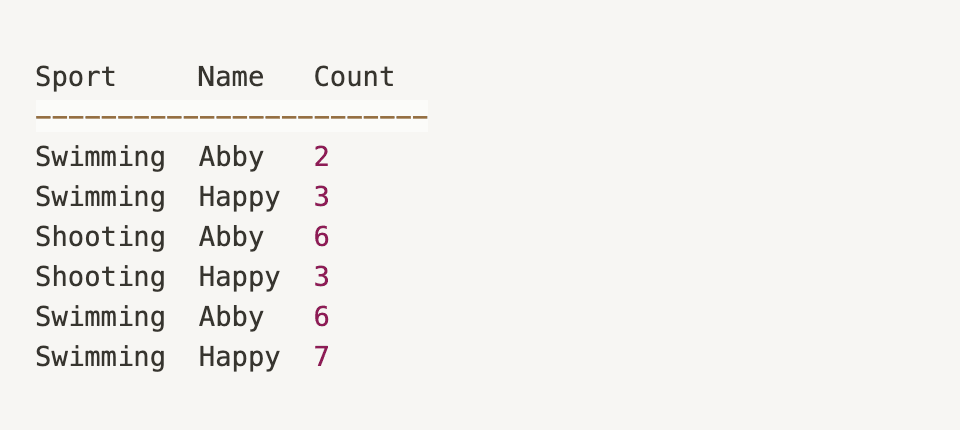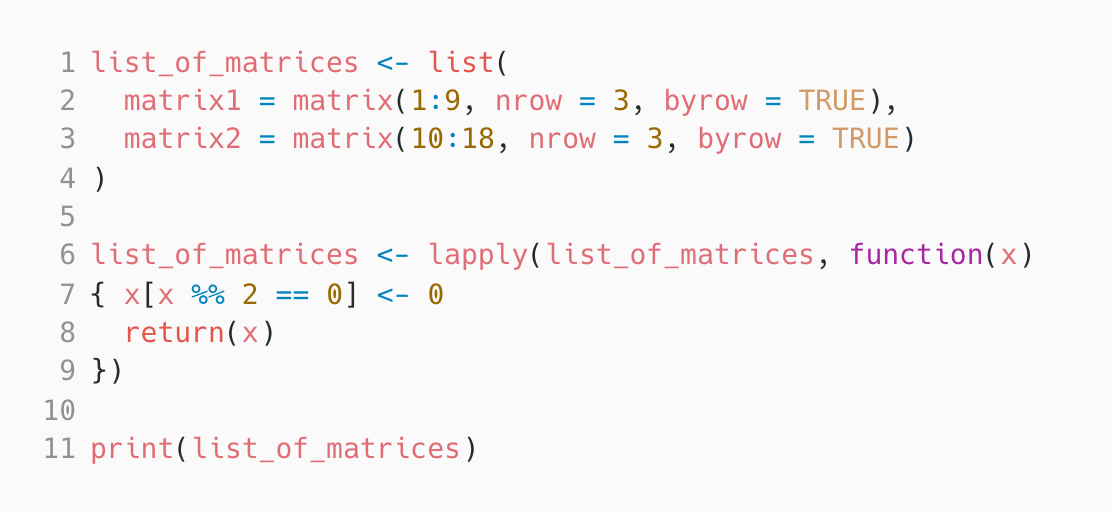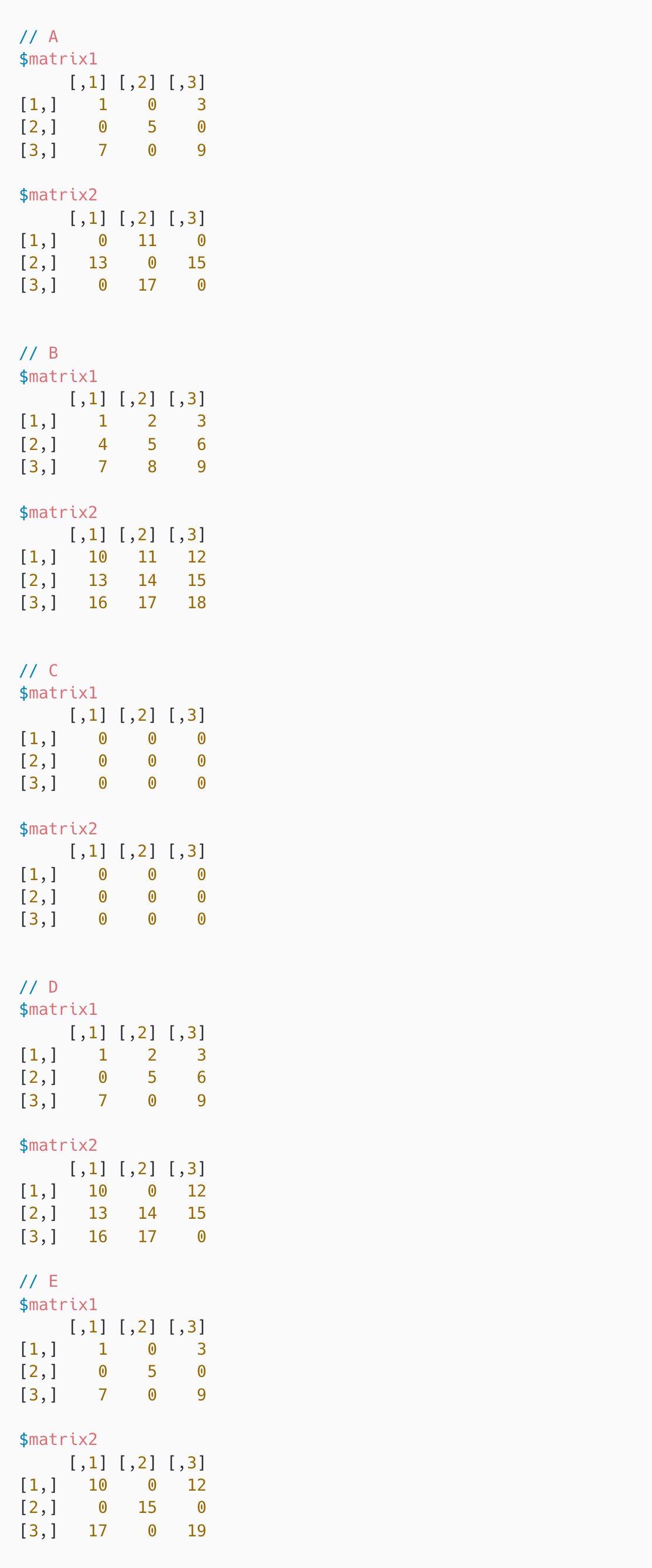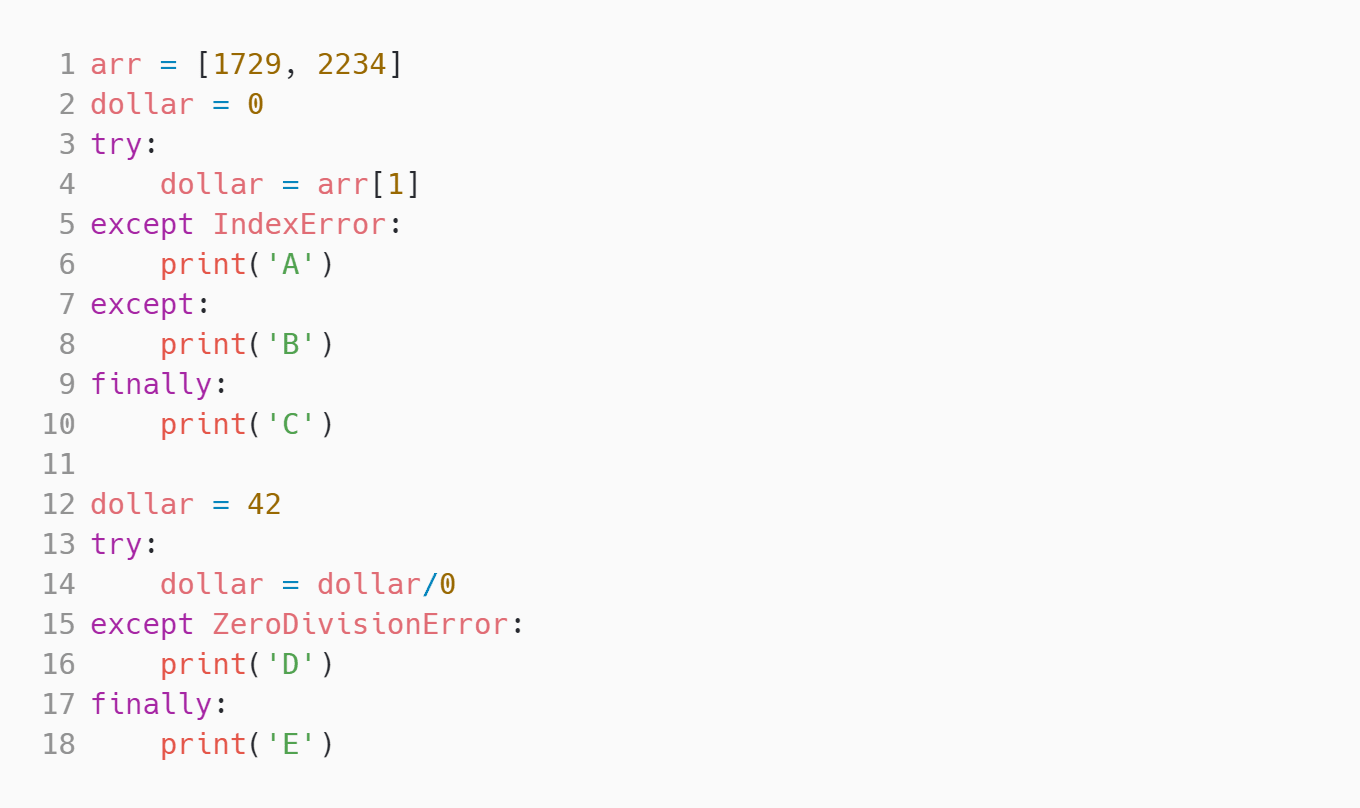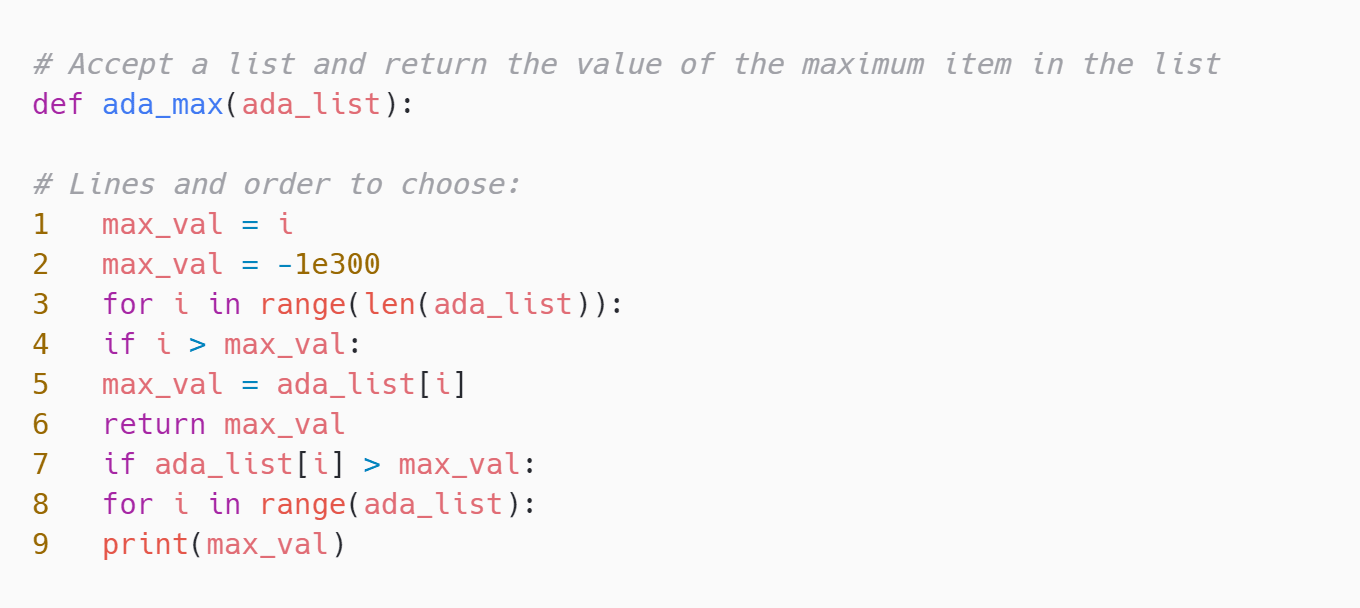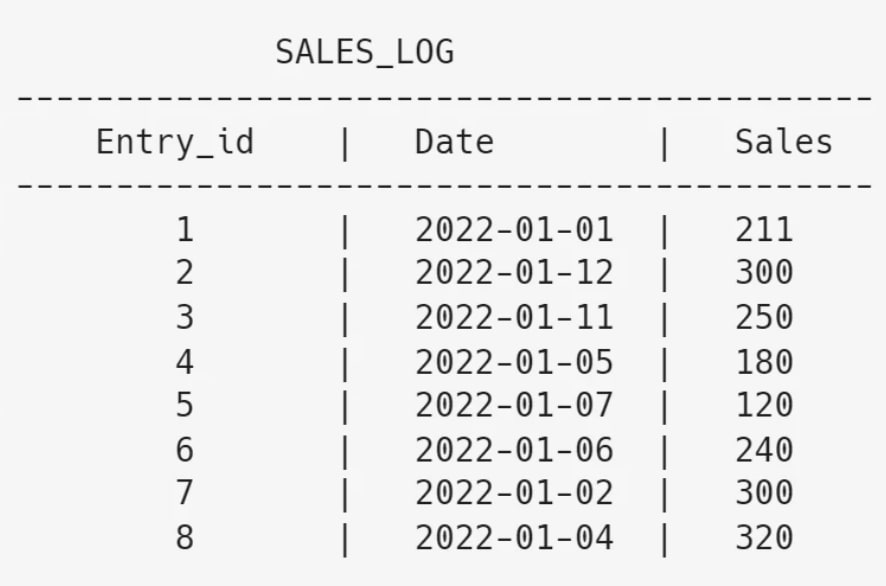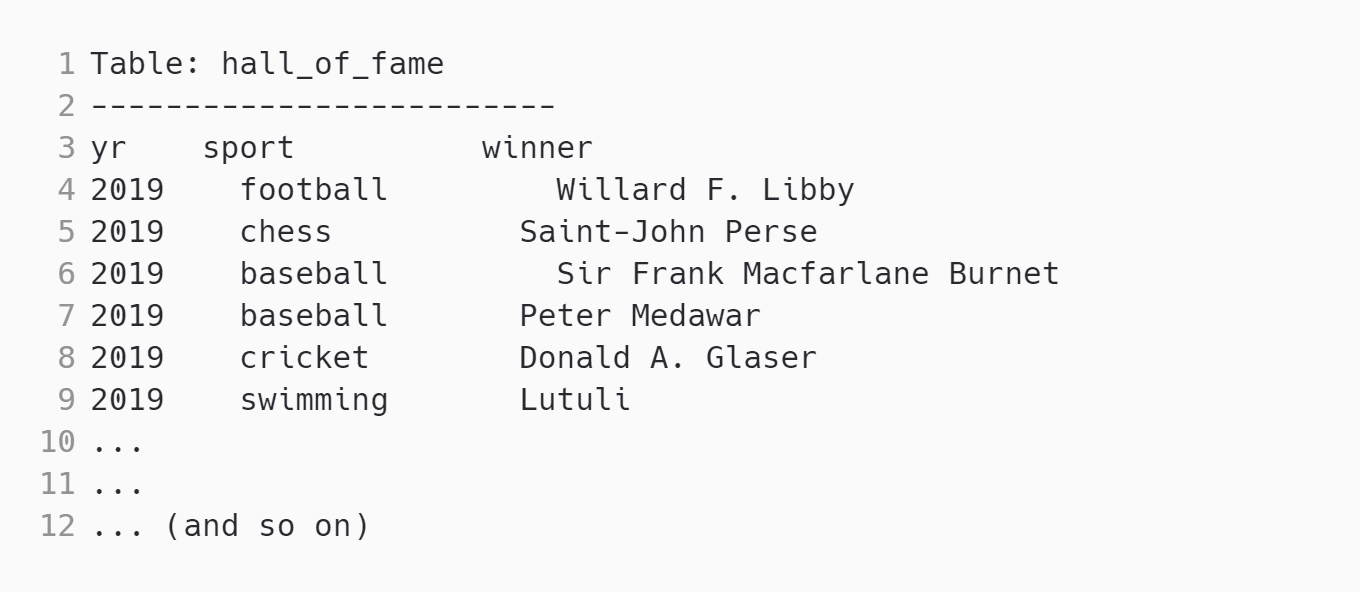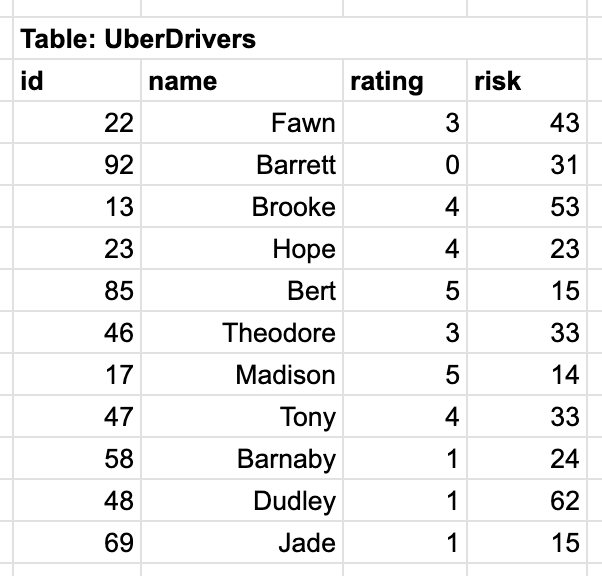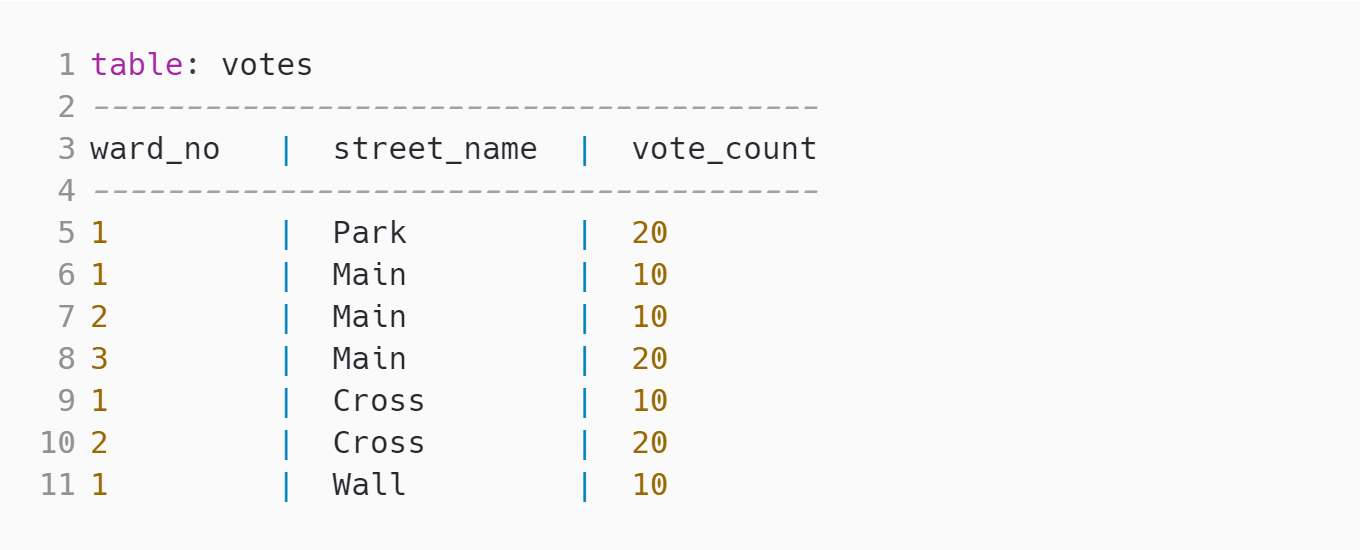Connecting to data sources in Power BI: This skill involves connecting to various data sources such as databases, spreadsheets, or web services in Power BI. It allows users to import data from different sources and use them for creating visualizations and reports. This skill is important in the test as it assesses the candidate's ability to work with different data sources and integrate them into Power BI.
Data wrangling and transformations in Power BI: With this skill, candidates can clean and transform raw data to make it suitable for further analysis in Power BI. They can perform tasks like removing unnecessary columns, merging data, and creating calculated columns. This skill is crucial to ensure the accuracy and quality of the data used in Power BI reports and visualizations.
DAX formulas: DAX (Data Analysis Expressions) is a formula language used in Power BI for creating custom calculations and aggregations. This skill measures a candidate's proficiency in writing DAX formulas to perform calculations on data, create new measures, and build complex calculations. It is essential to evaluate this skill in the test to assess the candidate's ability to manipulate and analyze data effectively in Power BI.
Connecting with data from multiple sources: This skill evaluates a candidate's capability to connect and integrate data from multiple sources in one visualisation tool, such as Tableau. It measures the candidate's ability to combine and merge data from different databases or file formats and analyze them collectively. This skill is important to ensure the candidate can work with complex data scenarios and create comprehensive dashboards and reports in Tableau.
Creating dashboards and actions in Tableau: This skill assesses a candidate's proficiency in using Tableau to design interactive dashboards that allow users to explore data visually and perform actions like filtering, sorting, and drilling down. It evaluates the candidate's ability to present data in a compelling and user-friendly way, providing insightful visualizations and meaningful interactions.
Managing Tableau worksheets and workbooks: With this skill, candidates can effectively organize and manage visualizations in Tableau worksheets and workbooks. It measures the candidate's ability to arrange and format visualizations, create hierarchies, and manage data connections. This skill is important as it ensures the candidate can efficiently navigate and maintain Tableau projects, improving productivity and collaboration.
Filtering and analyzing Tableau data: This skill evaluates a candidate's ability to filter and analyze data in Tableau using various techniques such as applying filters, creating calculated fields, and performing aggregations. It assesses the candidate's capability to derive meaningful insights from data and present them through visualizations. This skill is important to gauge the candidate's analytical skills and their understanding of data exploration in Tableau.
Vectors and Dataframes in R: This skill involves working with vectors and data frames in R, which are fundamental data structures used to store and manipulate data. Vectors are one-dimensional arrays, while data frames are multidimensional structures that can hold different types of data. This skill is essential in the test as it measures a candidate's ability to perform data operations and analysis using these key data structures in R.
String Manipulation in R: This skill evaluates a candidate's capability to manipulate strings in R, such as extracting substrings, replacing characters, or splitting strings. String manipulation is important for data cleaning, text processing, and feature engineering tasks in R. This skill is assessed in the test to gauge the candidate's proficiency in handling and manipulating textual data using appropriate R functions and techniques.
Analytics with R: This skill measures a candidate's ability to apply statistical and analytical techniques using R. It assesses the candidate's knowledge of various R packages and functions for data analysis, regression, clustering, and visualization. Analytics with R is a significant skill to have in a BI developer, as it enables them to derive insights, build models, and make data-driven decisions using R.
Python Syntax: This skill evaluates a candidate's understanding of the syntax and structure of the Python programming language. It assesses their knowledge of variables, data types, control flow statements, loops, functions, and other core concepts of Python. Python Syntax is a fundamental skill to measure in the test as it forms the building blocks of writing Python code for data manipulation, analysis, and visualization tasks.
Python OOPs: This skill assesses a candidate's proficiency in object-oriented programming (OOP) using Python. It evaluates their knowledge and ability to define and use classes, objects, inheritance, polymorphism, and encapsulation. Python OOPs is an important skill to measure in the test as it demonstrates the candidate's understanding of the principles of OOP and their ability to write modular and reusable code in Python.
SQL CRUD Operations: This skill measures a candidate's proficiency in performing CRUD (Create, Read, Update, Delete) operations in SQL, which are fundamental database operations. It assesses their ability to insert, retrieve, update, and delete data from relational databases using SQL queries. SQL CRUD Operations is an essential skill to evaluate in the test as it demonstrates the candidate's ability to interact with databases and manipulate data using SQL.
SQL Joins and Indexes: This skill evaluates a candidate's knowledge and understanding of SQL joins, which are used to combine data from multiple tables based on common columns. It also assesses their proficiency in working with indexes, which improve the performance of SQL queries. SQL Joins and Indexes are important skills to measure in the test as they demonstrate the candidate's ability to retrieve and manipulate data from complex relational database structures.
Python Programming: This skill assesses a candidate's proficiency in programming with Python, covering topics such as data manipulation, analysis, visualization, and automation. It measures their ability to write Python code to solve business problems, handle data processing tasks, and build applications. Python Programming is a crucial skill to evaluate in the test as it showcases the candidate's ability to leverage Python's versatility and power in various aspects of BI development.



















